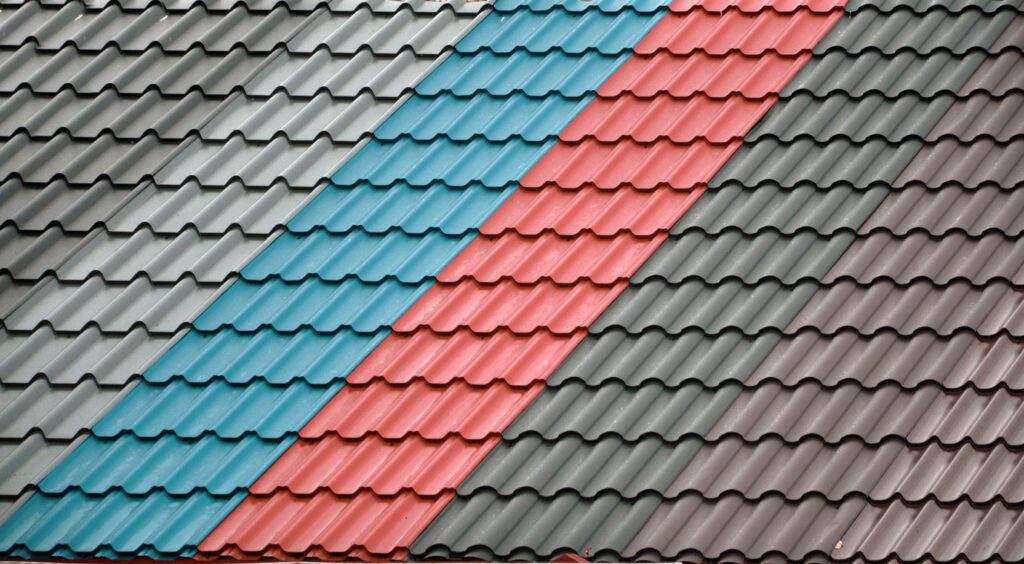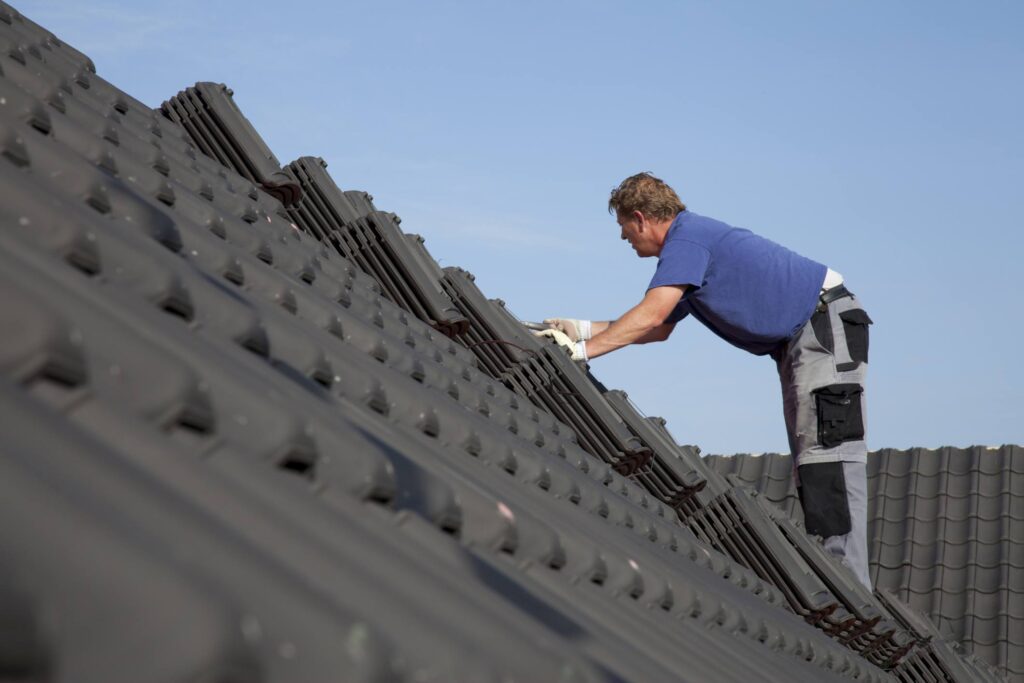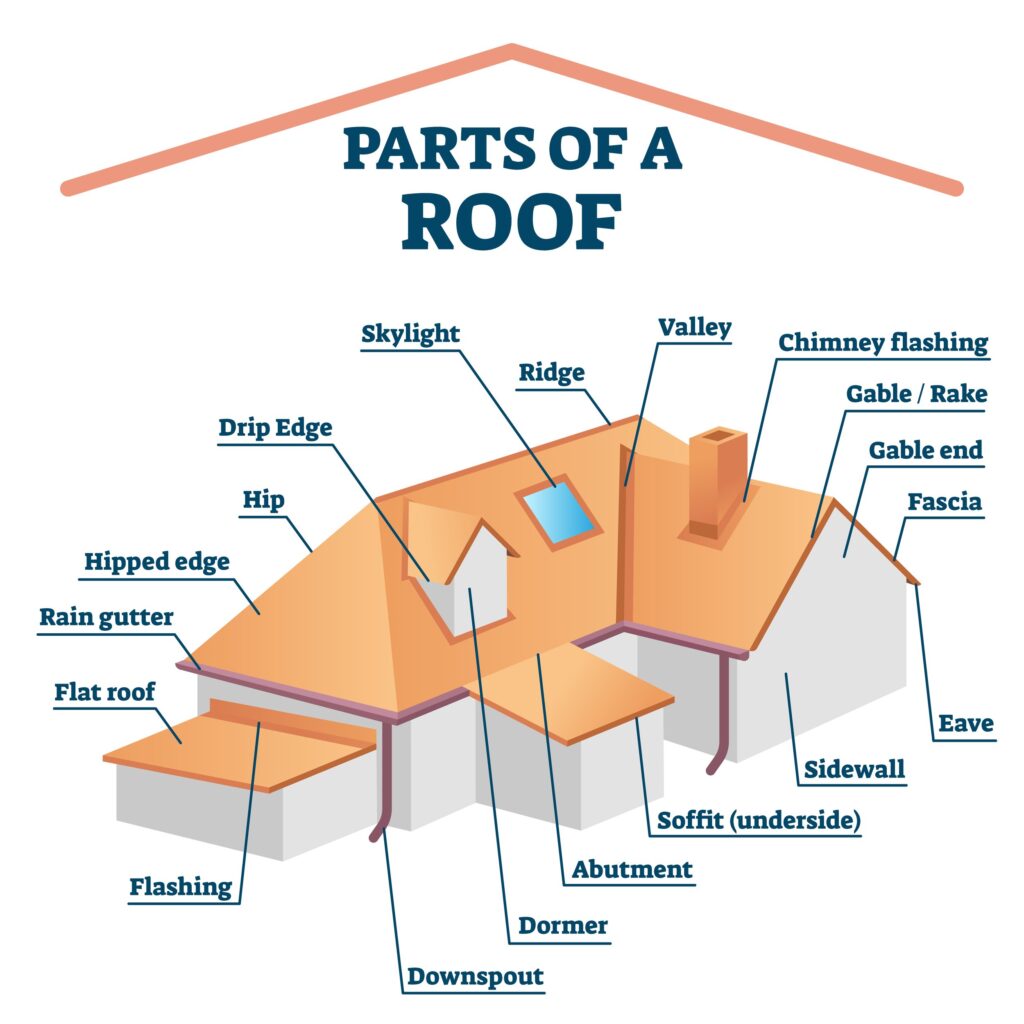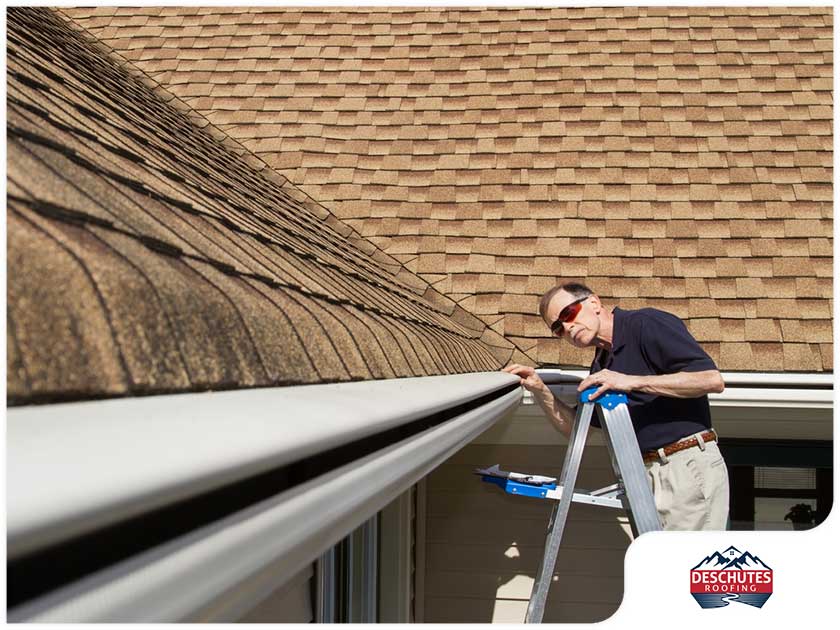When it comes to choosing a roof covering, durability is a top priority. You want a roof that can withstand the test of time and weather conditions. But with so many options available, it can be overwhelming to determine which one will last the longest. In this article, we will explore the different types of roof coverings and provide you with insights on which one is most likely to stand strong for years to come.


1. Asphalt Shingle Roofing
1.1 Composition
Asphalt shingle roofing is composed of a fiberglass or organic base that is coated with asphalt and embedded with ceramic granules. The fiberglass base provides strength and durability, while the asphalt coating ensures weather resistance. The ceramic granules are responsible for the color and protection against UV damage.
1.2 Durability
Asphalt shingle roofing is known for its durability. It can withstand various weather conditions, including heavy rain, strong winds, and even hail. The fiberglass or organic base provides added strength, making it less prone to cracking or breaking. The asphalt coating acts as a barrier against moisture, preventing water infiltration and potential damage to the underlying structure.
1.3 Lifespan
On average, asphalt shingle roofing can last between 20 to 30 years. However, the lifespan can vary depending on factors such as the quality of the shingles, installation techniques, and the climate in which the roof is exposed. Regular maintenance and proper care can also extend the lifespan of asphalt shingle roofing.
1.4 Maintenance
Maintenance for asphalt shingle roofing is relatively simple. Regular inspections should be performed to check for any signs of damage or wear. It is important to remove any debris, such as leaves or branches, from the roof surface to prevent moisture retention and the growth of mold or algae. Minor repairs, such as replacing damaged or missing shingles, should be addressed promptly to avoid further damage.
1.5 Cost
Asphalt shingle roofing is one of the most cost-effective options available. The materials are widely available and the installation process is relatively straightforward, resulting in lower labor costs. Additionally, the range of colors and styles available for asphalt shingles makes it a versatile choice that can match various architectural designs and preferences.
2. Metal Roofing
2.1 Types of Metal Roofing
Metal roofing comes in various types, including steel, aluminum, copper, and zinc. Each type offers different benefits in terms of durability, aesthetics, and cost. Steel is the most common choice due to its affordability and strength. Aluminum is lightweight and highly resistant to corrosion, making it suitable for coastal areas. Copper and zinc are known for their premium appearance and long lifespan.
2.2 Durability
Metal roofing is highly durable and can withstand extreme weather conditions. It is resistant to fire, rot, and insect damage. Metal roofs have a high strength-to-weight ratio, making them less prone to structural issues caused by heavy snow or wind. The interlocking panels or shingles provide additional protection against water infiltration and leaks.
2.3 Lifespan
Metal roofing has an impressive lifespan, often lasting 50 years or more with proper installation and maintenance. Some metal roofs can even last up to 100 years. The longevity of a metal roof is attributed to its resistance to common issues that can degrade other roofing materials, such as rot, mold, and insect damage.
2.4 Maintenance
Maintaining a metal roof is relatively easy. Regular inspections should be conducted to identify any loose panels or fasteners that may need tightening. Clearing debris from the roof surface and gutters is essential to prevent water pooling and drainage issues. Periodic cleaning is recommended to remove any dirt or moss, which can affect the roof’s performance.
2.5 Cost
Metal roofing generally comes with a higher upfront cost compared to asphalt shingles. However, its longevity and durability contribute to long-term cost savings. Metal roofs require less frequent replacement and repairs, reducing the overall maintenance expenses. Additionally, metal roofs can contribute to energy efficiency by reflecting sunlight and reducing cooling costs in hot climates.


3. Clay or Concrete Tile Roofing
3.1 Composition
Clay or concrete tile roofing is made from natural materials. Clay tiles are created by baking molded clay, while concrete tiles are made from a mixture of cement, sand, and water. Both types of roofing tiles are known for their distinctive appearance and are often chosen for their aesthetic appeal.
3.2 Durability
Clay and concrete tile roofing are highly durable and can withstand harsh weather conditions. They are resistant to fire, rot, and insect damage. The density and composition of the tiles provide excellent protection against wind uplift and impact from hail or debris.
3.3 Lifespan
Clay and concrete tile roofing have an impressive lifespan, often lasting 50 years or more. With proper installation and maintenance, tile roofs can last even longer. They are known for their longevity and are a popular choice among homeowners looking for a roof that will stand the test of time.
3.4 Maintenance
Maintaining a clay or concrete tile roof is relatively simple. Regular inspections should be carried out to check for any cracked or broken tiles, which should be promptly replaced to prevent water infiltration. Removing debris, such as leaves and branches, from the roof surface is important to prevent moisture retention and the growth of mold or moss.
3.5 Cost
Clay or concrete tile roofing typically comes with a higher upfront cost compared to other roofing materials. The cost is attributed to the quality and labor-intensive installation process. However, the long lifespan and durability of tile roofs contribute to long-term cost savings, making them a worthwhile investment.
4. Slate Roofing
4.1 Composition
Slate roofing is made from natural slate stone that is split into thin sheets. It is a premium roofing material known for its elegance and durability. Each slate tile is unique, creating a visually appealing roof surface.
4.2 Durability
Slate roofing is incredibly durable and can withstand harsh weather conditions. It is resistant to fire, rot, and insect damage. The natural properties of slate make it highly resistant to water absorption, preventing issues such as mold growth or freeze-thaw damage.
4.3 Lifespan
Slate roofing has an exceptional lifespan, often lasting over 100 years. With proper installation and maintenance, a well-maintained slate roof can even last several lifetimes. The longevity of slate roofing makes it a popular choice for those seeking a roof that requires minimal replacement or repairs.
4.4 Maintenance
Maintaining a slate roof is relatively low maintenance. The natural properties of slate make it resistant to most common roofing issues. However, occasional inspections should be carried out to identify and replace any damaged or missing slate tiles. Clearing debris and ensuring proper water drainage are also important considerations for maintaining a slate roof’s performance.
4.5 Cost
Slate roofing is considered a premium option and comes with a higher upfront cost compared to other roofing materials. The cost is attributed to the quality and labor-intensive installation process. However, the longevity and aesthetic appeal of slate roofs make them a popular choice among homeowners who appreciate its timeless beauty and long-term value.


5. Wood Shake or Shingle Roofing
5.1 Composition
Wood shake or shingle roofing is made from natural wood materials, typically cedar or redwood. The wood is split or sawn into thin sections and then applied to the roof surface. Wood shakes are typically thicker and have a rougher texture, while wood shingles are thinner and smoother in appearance.
5.2 Durability
Wood shake or shingle roofing is known for its durability. When properly maintained, it can withstand various weather conditions, including wind, rain, and snow. Wood has natural insulating properties, providing excellent thermal performance and energy efficiency.
5.3 Lifespan
The lifespan of wood shake or shingle roofing can vary depending on factors such as climate, installation techniques, and maintenance. On average, wood roofs can last between 20 to 40 years. Regular maintenance, such as proper ventilation and periodic treatments for moisture and insect resistance, can help extend the lifespan of wood roofing.
5.4 Maintenance
Maintaining a wood shake or shingle roof requires regular inspections and proper care. Clearing debris, such as leaves and branches, is important to prevent moisture retention and the growth of moss or algae. Periodic treatments with preservatives or sealants can help protect the wood from moisture and insect damage. Regular inspections for any signs of rot or wear should be conducted, and prompt repairs or replacements should be carried out as needed.
5.5 Cost
Wood shake or shingle roofing can have a higher upfront cost compared to other roofing materials. The cost is attributed to the quality and natural beauty of the wood, as well as the labor-intensive installation process. However, wood roofs can provide a charming and unique aesthetic that complements various architectural styles. The long lifespan and insulation properties of wood roofs can also contribute to energy savings and long-term cost efficiency.
6. Fiberglass Roofing
6.1 Composition
Fiberglass roofing is made from a combination of glass fibers and asphalt, which are then reinforced with additional layers of fiberglass matting. This composition provides strength, durability, and resistance to weather elements.
6.2 Durability
Fiberglass roofing is highly durable and can withstand various weather conditions, including heavy rain, strong winds, and UV exposure. The fiberglass matting and layers of asphalt ensure the roof’s structural integrity and protect against water infiltration.
6.3 Lifespan
On average, fiberglass roofing can last between 25 to 35 years. The lifespan may vary depending on factors such as the quality of the materials, installation techniques, and exposure to extreme weather conditions. Regular maintenance and inspections can help identify any issues and prolong the lifespan of a fiberglass roof.
6.4 Maintenance
Maintaining a fiberglass roof is relatively simple. Regular inspections should be performed to check for any signs of damage, such as cracks or blisters. Clearing debris from the roof surface is important to prevent moisture retention and potential damage. Prompt repairs or replacements should be carried out as needed to prevent further issues.
6.5 Cost
Fiberglass roofing is a cost-effective option compared to some other roofing materials. The materials are widely available and relatively affordable. The installation process is also less labor-intensive, resulting in lower overall costs. Additionally, fiberglass roofs offer versatility in terms of color and design options, making them suitable for various architectural styles.


7. Rubber Roofing
7.1 Composition
Rubber roofing, also known as EPDM (ethylene propylene diene monomer) roofing, is made from synthetic rubber materials. It is a popular choice for flat or low-slope roofs due to its flexibility and waterproofing properties.
7.2 Durability
Rubber roofing is highly durable and can withstand extreme weather conditions. It is resistant to UV exposure, ozone, and chemical damage. The flexibility of rubber allows it to expand and contract with temperature changes, reducing the risk of cracking or splitting.
7.3 Lifespan
Rubber roofing has a lifespan of approximately 30 to 50 years with proper installation and maintenance. Regular inspections and maintenance can help identify any issues, such as punctures or seam separations, which can be repaired to extend the lifespan of the roof.
7.4 Maintenance
Maintaining a rubber roof involves regular inspections to check for any signs of damage, such as cuts or tears. Cleaning the roof surface with mild detergent and a soft brush can help remove dirt or debris. Periodic application of a rubber roof protectant can help enhance the roof’s performance and extend its lifespan.
7.5 Cost
Rubber roofing is a cost-effective option for flat or low-slope roofs. The materials are relatively affordable, and the installation process is typically less complex compared to other roofing systems. Additionally, rubber roofs provide excellent energy efficiency and can help reduce heating and cooling costs.
8. Bitumen Roofing
8.1 Composition
Bitumen roofing, also known as roll roofing or modified bitumen roofing, is made from asphalt and reinforced with polyester or fiberglass mats. It is commonly used for flat or low-slope roofs and is known for its waterproofing properties.
8.2 Durability
Bitumen roofing is highly durable and can withstand extreme weather conditions. The asphalt and reinforcement materials provide strength and resistance to tear and puncture. The roof’s waterproofing properties ensure protection against water infiltration and leaks.
8.3 Lifespan
The lifespan of bitumen roofing can vary depending on factors such as the quality of materials, installation techniques, and maintenance. On average, a well-maintained bitumen roof can last between 15 to 25 years. Regular inspections and proper care can help identify any issues and extend the roof’s lifespan.
8.4 Maintenance
Maintaining a bitumen roof involves regular inspections to check for any signs of damage, such as cracks or blisters. Clearing debris from the roof surface is important to prevent moisture retention and potential damage. Prompt repairs or replacements should be carried out as needed to prevent further issues.
8.5 Cost
Bitumen roofing is a cost-effective option for flat or low-slope roofs. The materials are widely available and relatively affordable. The installation process is also less labor-intensive, resulting in lower overall costs. Bitumen roofs provide excellent waterproofing and are often chosen for their durability and cost efficiency.


9. Green Roofing
9.1 Composition
Green roofing, or living roofing, is a type of roof covering that incorporates living vegetation as part of its design. It typically consists of several layers, including a waterproof membrane, drainage layer, growing medium, and plants.
9.2 Durability
Green roofing systems are designed to be highly durable and waterproof. The waterproof membrane and drainage layer prevent water infiltration and ensure proper water drainage. The growing medium and plant selection are carefully chosen to withstand various weather conditions and provide long-lasting performance.
9.3 Lifespan
The lifespan of a green roof can vary depending on factors such as the type of plants, maintenance, and climate. With proper installation and regular maintenance, a green roof can last between 20 to 50 years or more. Periodic inspections and care can help identify and address any issues that may affect the roof’s performance.
9.4 Maintenance
Maintaining a green roof involves regular inspections and care. Monitoring the health and growth of the plants is important to ensure their vitality and prevent any overcrowding or weed invasion. Clearing debris and ensuring proper drainage are essential to maintain the roof’s performance. Periodic fertilization and pruning may be necessary to promote plant health and longevity.
9.5 Cost
Green roofing can have higher upfront costs compared to traditional roofing materials. The installation process is more labor-intensive and requires specialized expertise. However, the long-term benefits of green roofs, such as improved energy efficiency, stormwater management, and insulation, can contribute to long-term cost savings and environmental sustainability.
10. Composite Roofing
10.1 Composition
Composite roofing is made from a combination of different materials, such as fiberglass, asphalt, and recycled plastics. The composition varies depending on the manufacturer and specific product. Composite roofing is designed to mimic the appearance of natural materials while providing enhanced durability and performance.
10.2 Durability
Composite roofing is highly durable and designed to withstand various weather conditions. The combination of materials provides strength, resistance to UV damage, and moisture protection. Composite roofs are often engineered to be impact-resistant, ensuring longevity and protection against hail or debris.
10.3 Lifespan
The lifespan of composite roofing can vary depending on the specific product and quality. On average, composite roofs can last between 25 to 50 years. Regular maintenance and proper care, such as periodic inspections and prompt repairs, can help extend the roof’s lifespan and maintain optimal performance.
10.4 Maintenance
Maintaining a composite roof involves regular inspections to check for any signs of damage or wear. Clearing debris from the roof surface and gutters is important to prevent moisture retention and clogging issues. Prompt repairs or replacements of damaged or missing composite materials should be carried out to prevent further damage.
10.5 Cost
Composite roofing offers a range of options at different price points, making it suitable for various budgets. The cost will depend on factors such as the brand, quality, and specific product chosen. Composite roofs provide a cost-effective alternative to natural materials while still delivering durability, aesthetics, and long-term value.
In conclusion, the choice of roof covering depends on various factors such as durability, lifespan, maintenance requirements, and cost. Asphalt shingle roofing is a popular and cost-effective option with a lifespan of 20 to 30 years. Metal roofing offers durability, longevity, and energy efficiency, lasting 50 years or more. Clay or concrete tile roofing provides durability and a lifespan of 50 years or more, but comes with a higher upfront cost. Slate roofing offers elegance and exceptional longevity, lasting over 100 years. Wood shake or shingle roofing provides a unique aesthetic and a lifespan of 20 to 40 years with proper maintenance. Fiberglass roofing is a cost-effective option with a lifespan of 25 to 35 years. Rubber roofing is ideal for flat or low-slope roofs, offering flexibility, durability, and a lifespan of 30 to 50 years. Bitumen roofing is cost-effective and durable, lasting 15 to 25 years. Green roofing provides environmental benefits and a lifespan of 20 to 50 years. Composite roofing offers durability, aesthetics, and a lifespan of 25 to 50 years. Consider these factors and consult with professionals to determine the most suitable roof covering for your needs and preferences.







